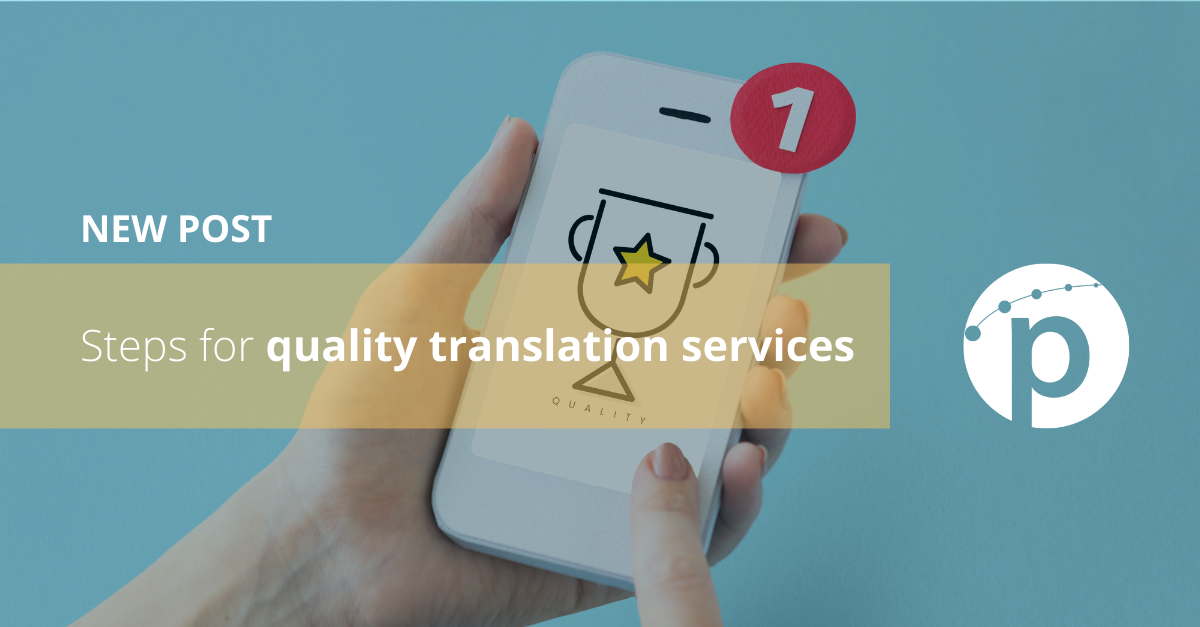Quality translation services generally consist of three steps: translation, editing and proofreading.
For projects with a large volume of words or technical translations, it is convenient to add one more step to ensure that the final quality step according to translation standard ISO17100: quality assurance or QA.
In this step, we use computer tools that allow us, among other things, to verify segments 1-1, including numbers, names, untranslatable items and format.
QA steps ensure that the correct terminology has been used, detects inconsistencies, punctuation or formatting errors, multiple spaces, missing or repeated words, etc. Most inconsistencies in a translation service can occur when several translators are involved in a large project and work in silos (that is, when a job is split among several translators working remotely in isolation).
Remember that professional translators will import your work to a CAT tool to process the file and create a translation memory and thus discount repetitions, numbers, etc.
One of the main questions that you may have as a buyer is about the steps for quality translation services.
If some sentences or segments are repeated throughout a text and you ask different people to translate them, chances are they will use slightly different words. If we have two editors working on a project at the same time, it is likely that each one will use a different version.
However, technology is here to help translators. Nowadays, many translation tools are collaborative and online and one person's work populates the other person's segments. The person doing the QA should be in charge of choosing the option that seems most appropriate for the particular type of text, providing coherence to all segments. This is essential to achieve a consistent quality translation service. It is also very important to ensure that the correct terminology has been used.
To this end, quality control tools allow us to check that the terms of the terminology base corresponding to the project have been used. Although translators have access to the terminology base while doing their job, it can happen that, context forces them to use a different word and some terms give a false positive. Therefore, during QA, our experts verify that the client's terminology preferences have been correctly applied.
Another fundamental point is to check spelling and grammar. This is a basic requirement for both the translator and the editor. For translations that are going to meet the eye (academic articles, advertisements, etc.) it is always advisable to transfer the text to an MS Word file and run the spelling and grammar checker of that tool. It is likely that we will not find any errors because the text has already been checked by several people.
Nevertheless, having a look at the final file, PDF, InDesign, is never a bad idea. The quality control step allows us to ensure that the final product is consistent, coherent, and free of spelling and formatting errors. A text with these characteristics is always easier to read and understand; and, in the end, that is what we all look for in our texts.



